Being prepared includes supplies as well as survival skills. It doesn’t cost anything to learn new things, and acquiring skills can greatly enhance your survival changes. Here’s an article to help you gain knowledge about knots you can use in daily, as well as emergency situations.
Top 7 Knots You Should Know For Survival
Written by: Tom Sheppard
For survival, it’s very important that you not only have the right gear but also have the right skills and knowledge so that you can use your gear.
It turns out that being able to tie the right knots is a fundamental part of making a lot of your gear work well for you. If you don’t know how to tie several key knots, it could lead to disaster.
Let me explain…
A lot of discussion covers everything you should put in your bug out bag (BOB). In fact, there is a great checklist resource here {https://apartmentprepper.com/bug-bag-checklist-important-items/}.
Naturally, paracord is one of the key ingredients in anyone’s BOB. It is often suggested that the average skilled person should consider packing 200 feet of it. While more experienced users may not need as much.
Paracord is one of your main BOB items. It has many uses, but its most important one is using it to set up your shelter.
Shelter is one of your primary needs for survival, especially if the weather is bad. The average person can only last 3 hours in bad weather. Therefore, most people choose between a tent, hammock and fly, or even just a tarp. It comes down to personal choice based on preference, needs, skills, and weight.
For my personal BOB, which I cover in great detail over at Trek Warrior {https://www.trekwarrior.com/best-bug-out-bag/}, I use a military poncho that doubles as a shelter tarp. It is a very popular choice to reduce BOB weight. This setup requires at least three knots to setup properly or else the shelter fails. Other shelters will take even more knots.
At the bare minimum you should know how to setup a simple tarp shelter to get out of the wind and the rain. This requires knowledge of knots.
That’s why in this article, we are going to take a look at the 7 most useful knots that you should know for survival. If you want to learn how to tie these knots step by step, there are some fantastic tutorials for each of these on YouTube and also here {https://www.netknots.com/}.
Let’s jump right in.
1. Two Half Hitches
The two half hitches is one of the most basic knots that you can learn. It is simple, yet effective. The knot is perfect for tying a ridgeline to set up your tarp shelter. It is a general purpose knot that is great for tying cord to a tree or any object.
If you only had one knot you could learn, then this would be your top pick because it’s easy to remember and very useful. In fact, you are probably already using this knot even if you don’t know it.
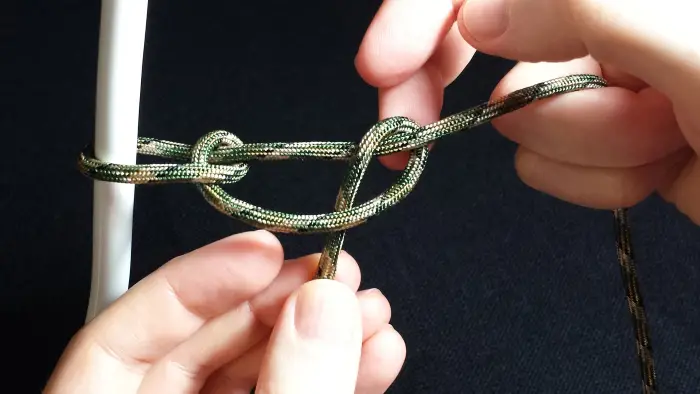

2. Fisherman’s Knot
The fisherman’s knot is a great way to tie two pieces of cord together. It’s pretty simple to tie because you basically tie the same knot twice with both pieces of cord coming together. That way when you pull them tight, the knot gets stronger.
This knot comes in handy if you need longer cordage, so it can really save you in a pinch where either your line broke, or you need two separate pieces to give you more length.


3. Prusik Knot
The Prusik knot is very handy for attaching another line to a ridgeline. It is a popular knot among climbers, but it has many great applications for your camp. If you need to hang something from your ridgeline like a food bag or anything else to keep it off the ground, then this is a great knot to use.
The knot is simple to tie where you lay a loop on top of your ridgeline and pull the rest of the cord through the bottom. Pull the cord through the loop from the bottom two more times and you have a really nice knot that can slide down the ridgeline easily or can be pulled tight to keep it from moving.
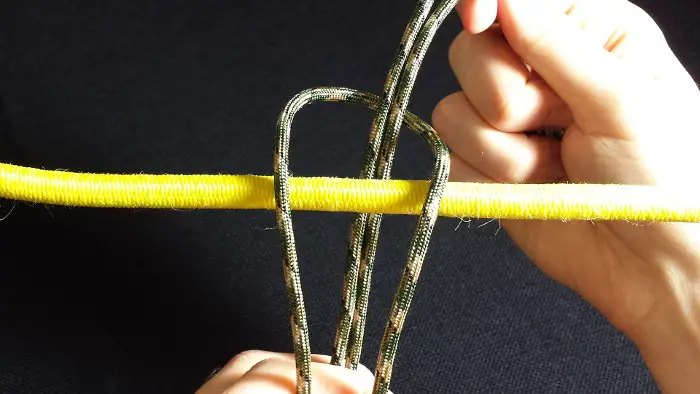

4. Trucker’s Hitch
The Trucker’s hitch knot is a great one to use to cinch down a load tight. For example, if you want a super tight ridgeline, you can use the two half hitches to tie the line to one tree, and the other end of the line can be tied to a second tree using this knot. It will allow you to get any desired tension you want on the line.
This knot gets its name because it is commonly used to tie down loads on vehicles. For example, a canoe on the top of a truck or car, or a load on a trailer.
It’s often best to help secure this knot with a few half hitches to make it even more secure.
This knot seems complicated, but it is simply two parts where you create a slip knot first, and then feed your line that is around your target end back through the slip knot loop. You can then pull the line tight since you have created a pulley system at this point, and then fasten it down with two half hitches.
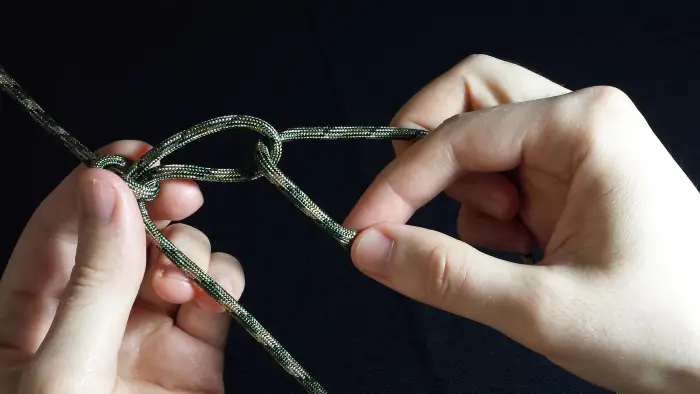
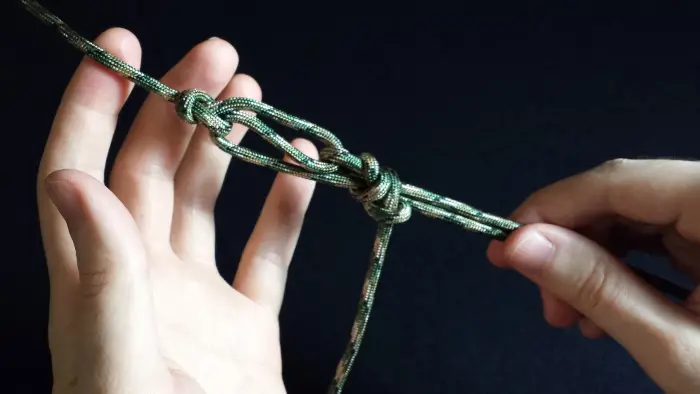
5. Clove Hitch
The clove hitch knot is similar to the two half hitches. It is also a general purpose knot and is great for tying a line to a stake or peg that you can pull your tent line’s tight. Another use is tying off a bag with it to close it up or tying the hood of your poncho closed.
This is another extremely simple knot to learn that is very useful.
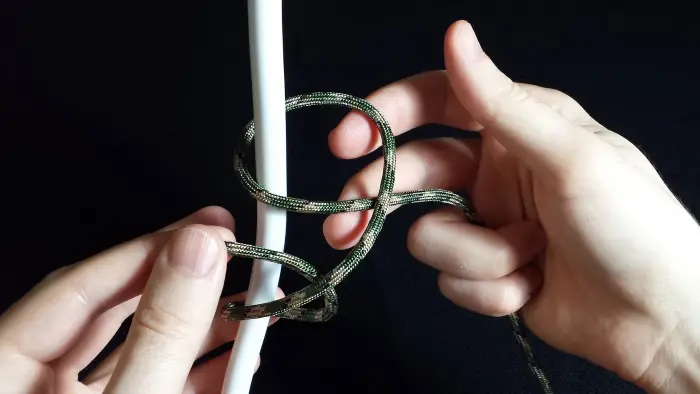
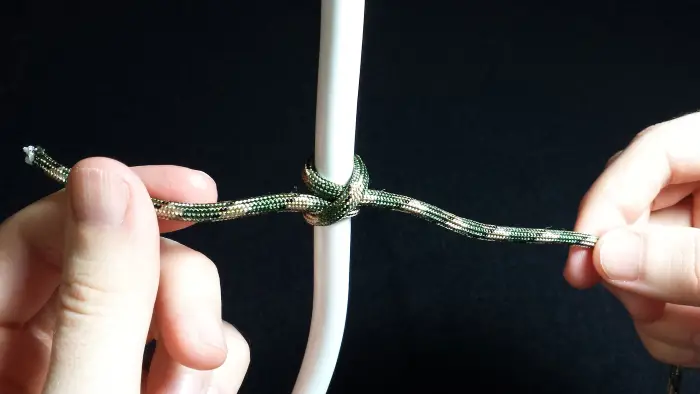
6. Bowline
The bowline knot is a handy way to create a stable loop with cord. There are many uses for this including a lasso that you can throw out to someone in the water or even tying it around something that you need to pull up. It can be a great knot to tie around a bag and hang it high up in a tree to keep animals out of it.
This is the well known “rabbit” story knot. Funny enough, chances are it might just be easier to remember how to tie the knot instead of the story itself.
You’ll want to make sure your cord or rope is strong enough to handle the load so that it doesn’t break and cause injury.
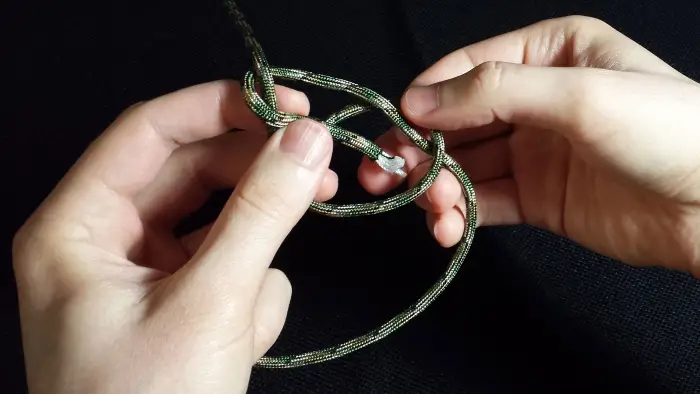
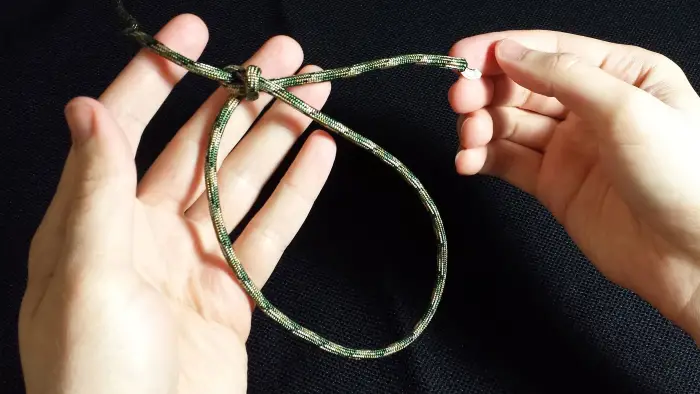
7. Taut Line Hitch
The taut line hitch is a knot that creates a loop and allows you to adjust the tension. It’s another great knot for attaching tent lines to a tree or to a steak. It’s a very versatile knot, and some people also use it to tie down loads on vehicles as well.
This knot seems complicated, but in fact it’s quite simple once you get the hang of it.


Conclusion
That covers our roundup of the 7 most popular and useful knots that you should know for survival. By learning and practicing these knots, you will be able to craft any sort of shelter and camp that you might need, whether you pick a tent, hammock and fly, or even a tarp shelter.
The knots will allow you to tie a ridgeline, tighten down your tent lines, and even hang items to keep them off the ground. You will also be able to attach cord to objects for pulling, lifting, or hauling. These knots are a great combo to have in your skill set.
About the Author
Tom Sheppard is an avid outdoorsman and camping hobbyist. He loves learning about survival topics and spends a lot of time out in the woods in Texas. He often writes articles over at Trek Warrior {https://www.trekwarrior.com/}.
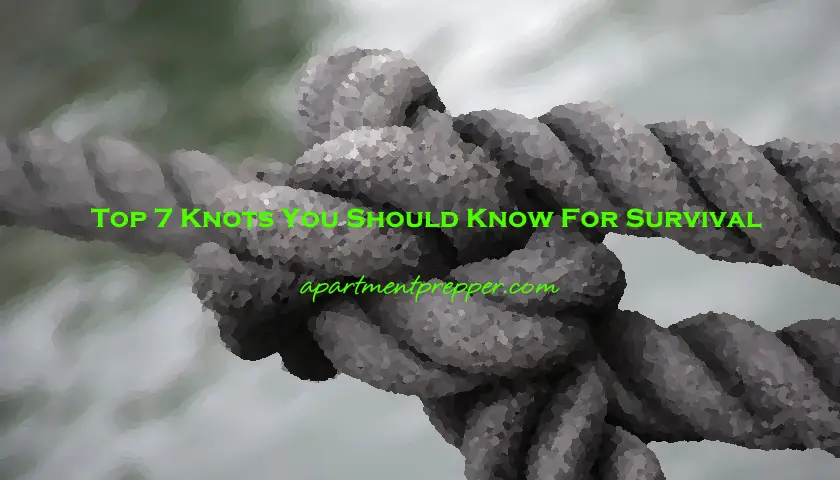

One comment